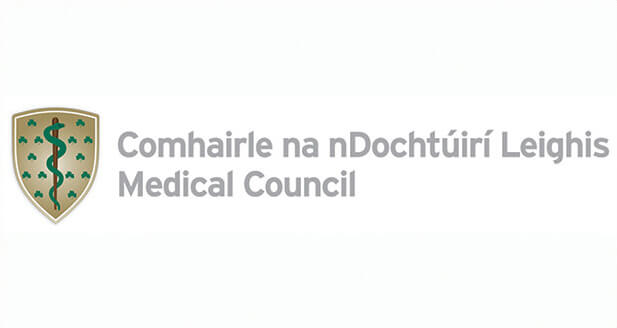What are the risks of hair transplant surgery?
Hair transplantation is an extremely safe out-patient procedure that is normally without significant risks or complications. However, as is the case in any surgery, there are risks, and these are always presented and discussed in detail at your personal consultation with our qualified surgeon.
What are the potential side effects or complications?
There are some minor, temporary complications:
Temporary Thinning of Pre-Existing Hair
Although rare, after the surgery some pre-existing hair can thin. The pre-existing hair will return to normal, full condition within a few months of the surgery.
Bleeding
Some bleeding is normal and will stop with simple pressure. Persistent bleeding occurs in about one in a few hundred cases. Additional stitching is rarely required.
Pain
Pain is usually rare and fairly minimal. Half of our patients do not require any pain relievers, and the others take Solpadeine or Panadol for a few days.
Numbness
Some transient numbness is inevitable, usually in the donor area, and generally lasts from 3 to 18 weeks. It is rarely troublesome or long-lasting.
Hiccups
Hiccups may occur after surgery. The cause is not known, but hiccups seem to occur more frequently after hair transplantation than scalp reduction. The incidence of this complication is about 5%. It usually lasts several hours to several days.
Itching
Some itching commonly occurs but is rarely troublesome and lasts only a few days. Shampooing the hair daily will help the discomfort.
Swelling
There is rarely any swelling. When there is, it can affect the forehead and the area around the eyes and last 1 to 2 days. In about 1% of cases, a “black eye” can develop.
Infection
This happens in one in several thousand cases and is easily treated with antibiotics.
Scarring
Keloid scarring occurs only in pre-disposed individuals, and even more rarely (one in one thousand cases) this scarring can cause a ridging effect.
Cysts
One or more cysts may occur in the recipient area when many grafts have been inserted. They usually disappear by themselves after a few weeks or immediately with various simple treatments. They are usually no more than 2 or 3mm in diameter, i.e., the size of small pimples.
Is there any scarring?
Whenever human skin is cut, it heals by a process called “fibrosis”. This fibrosis (commonly known as scarring) is the skin’s way of mending itself. The healing sites in the transplanted areas are usually so small that the fibrosis is virtually undetectable. Hair transplantation procedures are designed to produce a very natural look. In the great majority of cases the microtechnologies currently used by Hair Restoration Blackrock make the restored hairline virtually undetectable.










